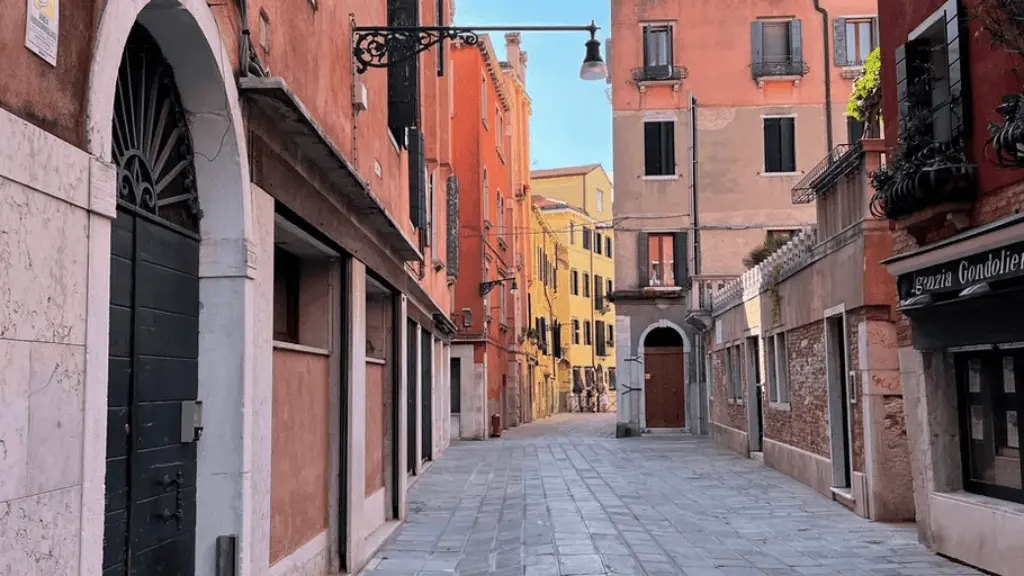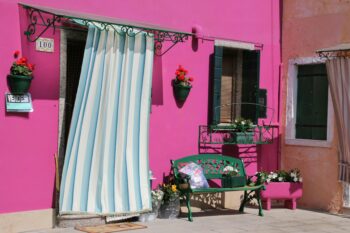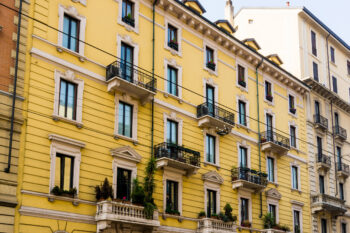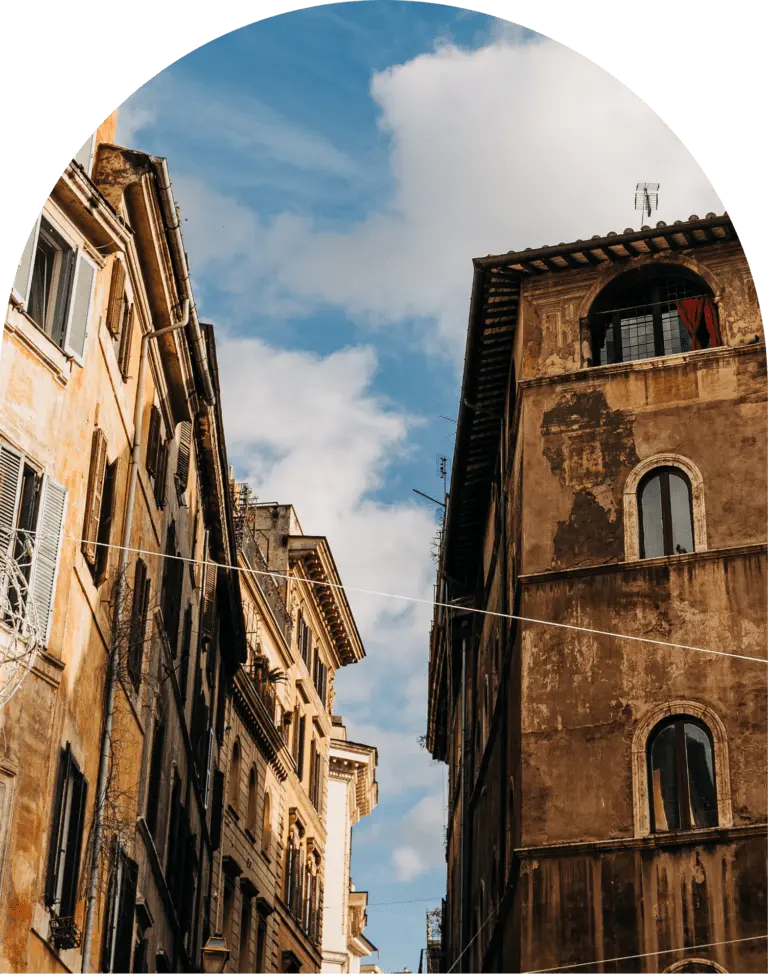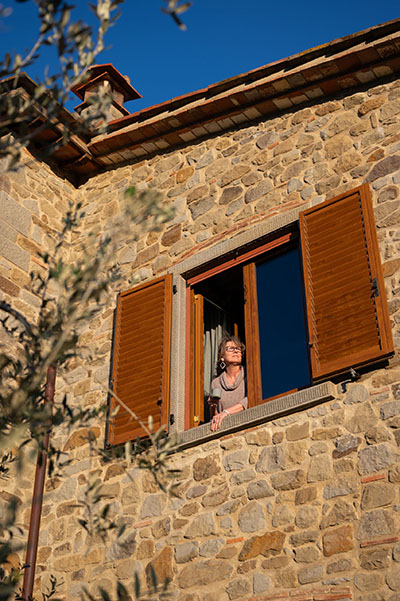Owning real estate in Italy is a lifelong goal for those who have what we like to call the “Italy bug.” Unfortunately, many who are thinking about buying abroad lack local contacts and necessary knowledge to navigate the purchase process. At Dolce Living, we assist you with each step in the journey to becoming a homeowner in Italy.
Step 1: Preparing for Your Property Purchase
Before buying property in Italy, determine how much time you plan to spend in the country. Will your home be a seasonal getaway, or are you planning a permanent move? Note that no visa is required for EU Citizens: you will enjoy complete freedom of movement within Italy. Non-EU Citizens, on the other hand, can spend up to 180 days per year (maximum 90 consecutive days per visit) in Italy as tourists. Most non-EU citizens will therefore need a visa in order to reside in Italy throughout the year.
Explore Your Visa Options
Visa requirements vary depending on your residency plans:
- Elective Residency Visa (ERV): Ideal for retirees with passive income who wish to live in Italy full-time.
- Digital Nomad Visa: Designed for remote workers looking to stay long-term.
- Investor Visa: Ideal for high-net-worth individuals with considerable investment capital.
For more details, check our guide on Italian visa options for U.S. and Canadian citizens.
Obtain a Codice Fiscale (Tax Code)
A Codice Fiscale (Italian tax identification number) is essential for buying property in Italy. You can obtain it from your local Italian consulate or in person at the Agenzia delle Entrate (Italian Revenue Agency). Remote requests via Italian consulates are becoming increasingly cumbersome, often leaving in-person requests as the only viable option.
Open an Italian Bank Account
While not legally required, having an Italian bank account streamlines the payment of annual taxes and utility bills. It also facilitates property transactions by allowing direct transfers in euros.
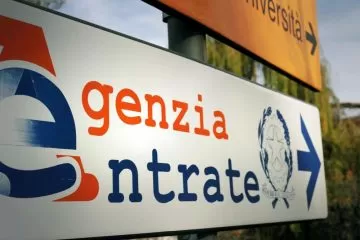
Step 2: Finding the Perfect Property in Italy
Choosing the Right Location
Italy offers diverse regions, each with its own unique appeal. Consider these factors when selecting your ideal location:
- Coastal or Inland? Seaside towns offer stunning views, while inland villages provide a tranquil retreat.
- Urban or Rural? Cities like Rome and Milan provide convenience, whereas Tuscany and Umbria offer countryside charm.
- Climate & Lifestyle: Northern regions experience colder winters, while the south enjoys a Mediterranean climate year-round.
Searching for Property Listings
Unlike the U.S., Italy does not have a centralized Multiple Listing Service (MLS). Instead, buyers must search on multiple platforms such as Immobiliare.it and Idealista. However, many listings are outdated, and some properties are only advertised through local agencies or even posted in shop windows.
For the best results, work with a trusted real estate consultant who can identify red flags in online listings and help uncover off-market opportunities.
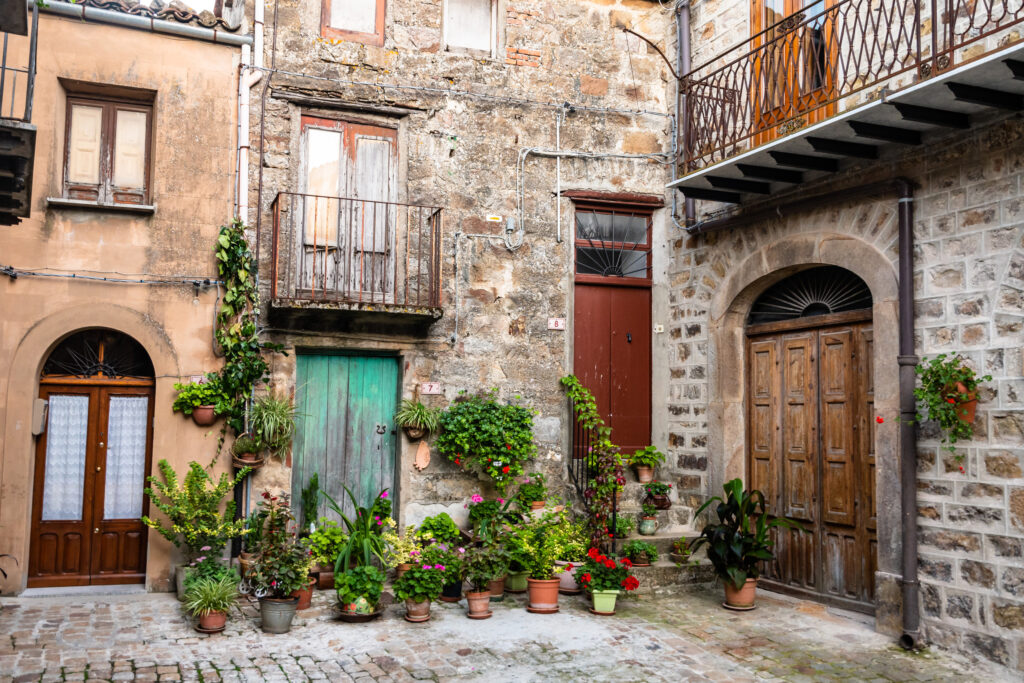
Step 3: Understanding the Italian Buying Process
Interacting with Real Estate Agents
Unlike in other countries, Italian real estate agents typically represent both the buyer and the seller. While market practices are gradually changing to introduce buyer’s agents, thereby reducing conflicts of interest, listing agents nonetheless at times expect to be compensated by buyers. Buyers should conduct independent due diligence before finalizing any transaction.
Making an Offer (Proposta d’Acquisto)
Once you find the right property, submit a Proposta d’Acquisto (purchase offer), which may be binding or non-binding. The offer includes a caparra (deposit), typically a percentage of the purchase price.
Buyers should also request legal documentation from the seller, including title history, system compliance reports, and cadastral records. This information is critical for ensuring the property has no legal or title-related issues.
Conducting Due Diligence
Due diligence is a crucial step in protecting your investment. A geometra (Italian surveyor) should inspect the property for any legal, cadastral, or urban planning irregularities. If issues arise, buyers may request corrective actions from the seller before proceeding.
Signing the Preliminary Contract (Atto Preliminare)
After completing due diligence for your Italian property, both parties sign an Atto Preliminare (Preliminary Contract), a binding agreement that sets a timeline for the final sale. The contract is then registered with the Agenzia delle Entrate.
Finalizing the Sale (Rogito Notarile)
The final step is the Rogito (Deed of Sale), where both parties meet with a notaio (notary public) to complete the transfer of ownership. The notary reads the contract aloud, signatures are collected, and the transaction is officially recorded.
Depending on whether you will be personally present during the signing of the deed, or if a representative of yours with Power of Attorney will sign on your behalf, the services of an interpreter may be required.

